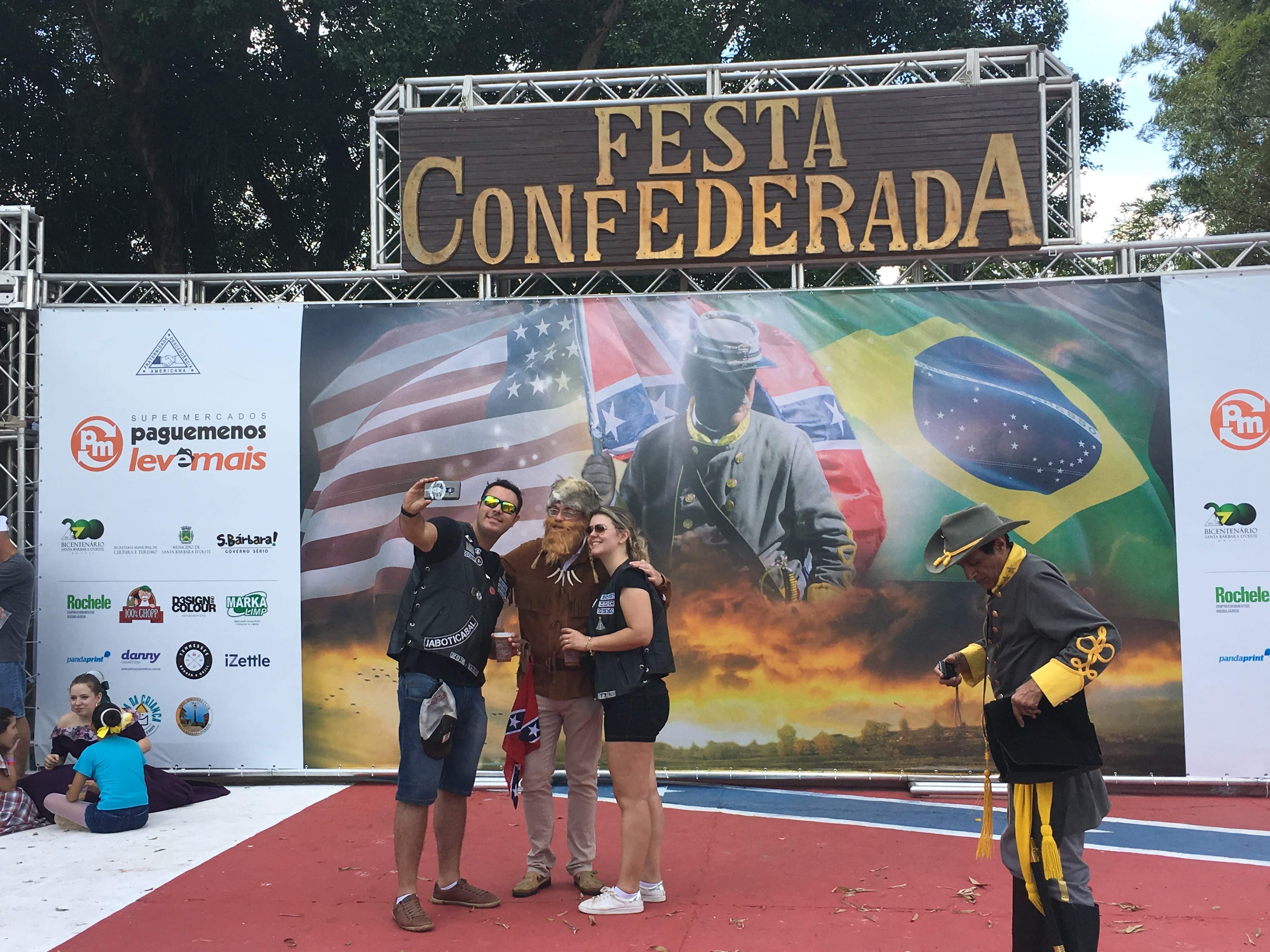A deeper dive on the Slave Bible, courtesy of the Smithsonian.
“This can be seen as an attempt to appease the planter class saying, ‘Look, we’re coming here. We want to help uplift materially these Africans here but we’re not going to be teaching them anything that could incite rebellion,’” Anthony Schmidt, the Museum of the Bible’s associate curator of Bible and Religion, tells Martin.
That meant the missionaries needed a radically pared down version of the Bible. “A typical Protestant edition of the Bible contains 66 books, a Roman Catholic version has 73 books and an Eastern Orthodox translation contains 78 books,” the museum says in a statement. “By comparison, the astoundingly reduced Slave Bible contains only parts of 14 books.”
Gone was Jeremiah 22:13: “Woe unto him that buildeth his house by unrighteousness, and his chambers by wrong; that useth his neighbour’s service without wages and giveth him not for his work.” Exodus 21:16—“And he that stealeth a man, and selleth him, or if he be found in his hand, he shall surely be put to death”—was also excised. In their place, the missionaries emphasized passages that encouraged subservience, like Ephesians 6:5: “Servants, be obedient to them that are your masters according to the flesh, with fear and trembling, in singleness of your heart, as unto Christ.”
Read more: https://www.smithsonianmag.com/smart-news/heavily-abridged-slave-bible-removed-passages-might-encourage-uprisings-180970989/#bG8D9CM2JeUKBcVr.99
Give the gift of Smithsonian magazine for only $12! http://bit.ly/1cGUiGv
Follow us: @SmithsonianMag on Twitter
Source: Heavily Abridged ‘Slave Bible’ Removed Passages That Might Encourage Uprisings | Smart News | Smithsonian

